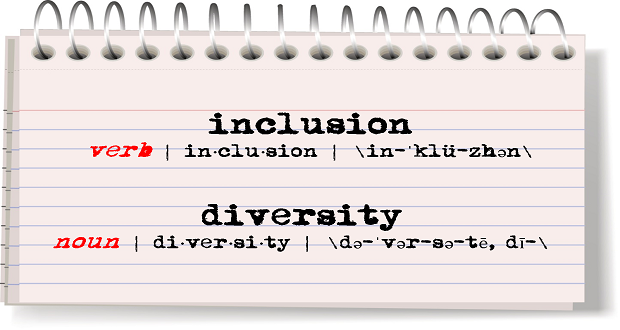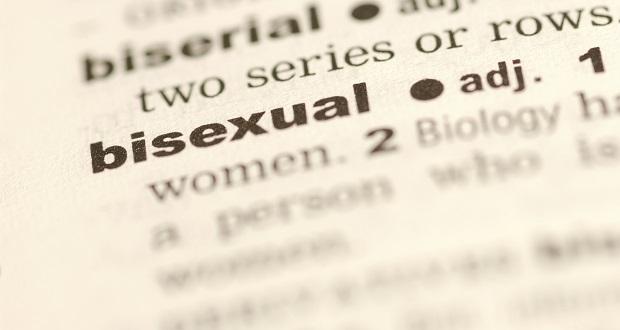
If you have spent much time with The Winters Group at all you have inevitably heard the phrase, “Diversity is the mix; inclusion is making the mix work.” We like to emphasize it not only because it is important, but because it is so easy to forget—or avoid, confuse, or neglect. The distinction is simple. Diversity just is. It is the mix of difference that exists “where two or more are gathered.” Inclusion is making the differences work–in harmony, creativity, and efficiency. So why the need to continuously emphasize the difference? The challenge stems from ability; not from complexity. In other words, it’s not the difference in meanings that trip us up, but the difference in what we do with the meanings. I think an analogy here will help.
I have been learning Spanish now for almost 10 years and anyone will tell you that the most difficult part of Spanish (for English speakers at least) is the verbs. Not only does Spanish have more verbs than English, but the verbs are always changing—much more than English verbs. If you remember your grammar 101, verbs are action words—they are the words that do things. Nouns are descriptive words—they point to things. This wouldn’t be so bad if my goal was just to remember words in another language. But the whole point of learning the language is to actually use it in real life. I’m always reminded of how important verbs are when I’m ordering a coffee, trying to find the bathroom, or telling a story. Without verbs, I can simply blurt out random things—“coffee”, “bathroom”, “airplane!” I can’t ask someone to pour milk in my coffee, point which direction to the bathroom, or explain that I had to run to the airplane. Of course I can get by with nouns, but it always comes with lots of confusion and extra nouns until we figure it out.
This is a lot like what happens in diversity and inclusion work when we confuse diversity—the noun—with inclusion—the verb. I see this confusion all the time, for example, when working with clients who feel confident in their levels of cultural competence because they can point to and explain diversity—the mix. But when they talk about how they take action to do something with diversity they stumble—much like I do when I can’t find the verb to make the noun come to life. It is inclusion that is the hard part. I’m not saying that diversity is not complex, it is. Part of what we do in this work is make the case that diversity is broad and layered, even when you think “everyone looks just like me.”
The path to understanding the complexity of diversity is largely knowledge based—like memorizing nouns. But the path to more inclusion is largely action based—like verbs. And verbs are much harder (like Spanish). To take the analogy once step further, just like a more fruitful and lively conversation needs both nouns and verbs, so a more vibrant and effective diversity and inclusion includes both elements to flourish. Without this important distinction, the confusion can creep in that pointing out diversity is the same as making the diversity work—and inclusion is our ultimate aim.


















